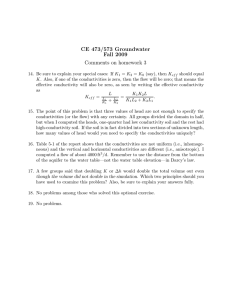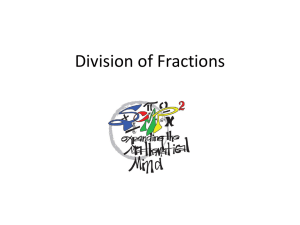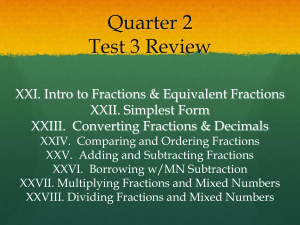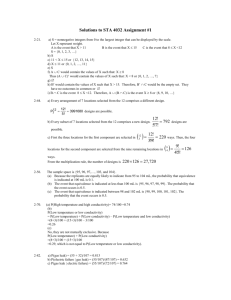Emma Malone
advertisement
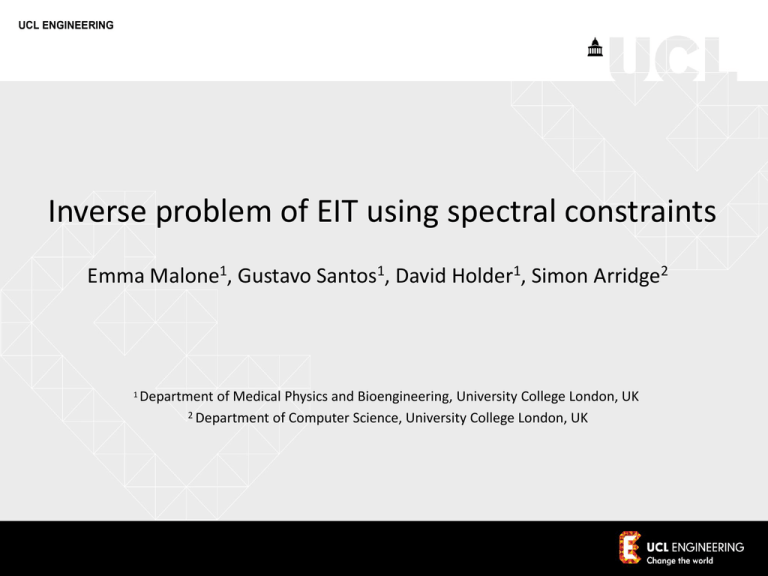
Inverse problem of EIT using spectral constraints Emma Malone1, Gustavo Santos1, David Holder1, Simon Arridge2 1 Department of Medical Physics and Bioengineering, University College London, UK 2 Department of Computer Science, University College London, UK Introduction: EIT of acute stroke • Stroke is the leading cause of disability and third cause of mortality in industrialized nations. • Clot-busting drugs can improve the outcome of ischaemic stroke, but they need to be administered FAST! Ischaemic Haemorrhagic Introduction: Multifrequency EIT Nonlinear absolute High sensitivity to errors Simple FD Very limited application perturbation background Weighted FD Limited application Jun et al (2009), Phys. Meas., 30(10), 1087-99. Method: Fraction model The following assumptions are made: 1. the domain is composed of a known number T of tissues distinct conductivity, 2. the conductivity of each tissue frequencies, with is known for all measurement 3. the conductivity of the nth element is given by the linear combination of the conductivities of the component tissues where and . Method: Fraction model 𝜀1 perturbation 1 0 ω x 𝜀2 x 1 background 0 ω Conductivity Tissue spectra x Fraction values 𝜀1 𝜀2 ? Method: Fraction reconstruction Conductivity Markov Random field regularization: Fractions Method: Fraction reconstruction Numerical validation Minimize… Model …subject to Fractions repeat Step 1. Gradient projection Step 2. Damped Gauss-Newton Results: Use of difference data Phantom Difference data Fractions Absolute data Absolute Conductivities Results: Use of all multifrequency data Phantom All frequencies Fractions Single frequency WFD Conductivities Results: Use of nonlinear method Model Nonlinear method Fractions Linear method WFD Conductivities Discussion Advantages: • Simultaneous and direct use of all multifrequency data • Nonlinear reconstruction method • Use of difference data Disadvantage: Requires accurate knowledge of tissue spectra. Temperature? Flow rate? Cell count? Future work Tissue properties Hidden variable 1. Reconstruction 2. Classification Hiltunen P, Prince S J D, & Arridge S (2009). A combined reconstruction-classification method for diffuse optical tomography. Physics in medicine and biology, 54(21), 6457–76. Thank for your attention emma.malone.11@ucl.ac.uk Centre for Medical Imaging and Computing (CMIC) Electrical Impedance Tomography (EIT) Research Group Department of Medical Physics and Bioengineering, University College London
